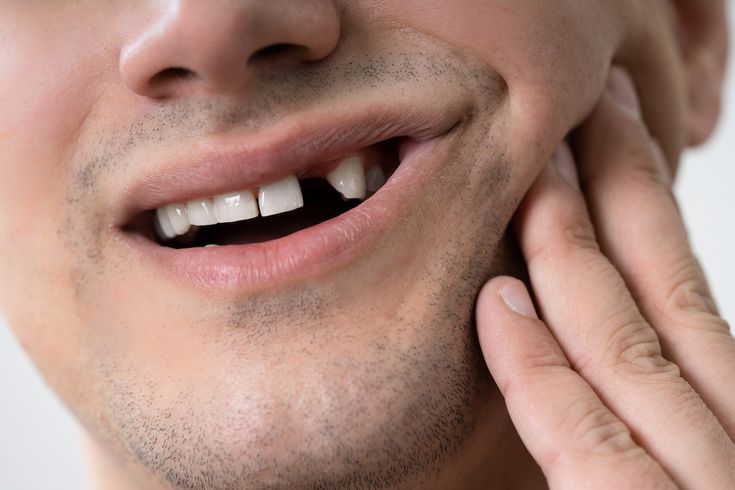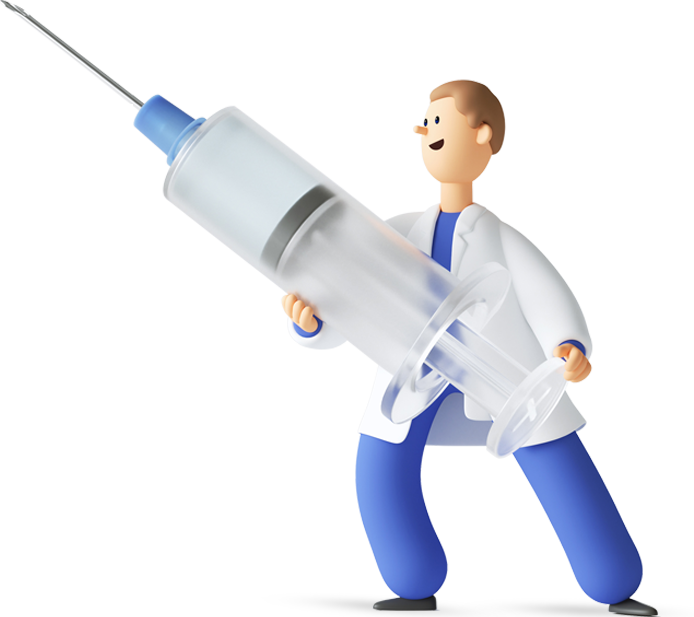
Table of Contents
- Introduction
- Why Replace Missing Teeth?
- Impact on Oral Health
- Effects on Appearance and Confidence
- Functional Challenges
- Overview of Tooth Replacement Options
- Dental Implants
- What Are Dental Implants?
- Benefits of Dental Implants
- Who Is a Candidate?
- Cost and Procedure
- Dental Bridges
- Types of Dental Bridges
- Benefits and Drawbacks
- How They Work
- Dentures
- Types of Dentures
- Advantages and Challenges
- Advances in Denture Technology
- Emerging Technologies and Alternatives
- Factors to Consider When Choosing an Option
- Choosing the Right Tooth Replacement Solution
- FAQs About Tooth Replacement Options
1. Introduction
Missing teeth can significantly impact oral health, appearance, and confidence, but modern dentistry offers a variety of solutions to restore your smile and functionality. In this guide, we explore various options for replacing missing teeth to help you make informed decisions and regain both form and function.
2. Why Replace Missing Teeth?
Impact on Oral Health
Replacing missing teeth is more than a cosmetic choice; it’s essential for maintaining oral health. When a tooth is lost, adjacent teeth may shift into the empty space, leading to misalignment and an uneven bite. Additionally, the absence of a tooth can cause bone loss in the jaw, weakening its structure over time.
Effects on Appearance and Confidence
Missing teeth can alter facial structure, causing a sunken appearance that may make you look older. This often affects self-esteem, making social and professional interactions more challenging. Replacing missing teeth restores your confidence and youthful appearance.
Functional Challenges
Chewing and speaking can become difficult when teeth are missing. Overcompensation by remaining teeth can lead to wear and tear, creating further dental issues. Addressing missing teeth ensures proper function and protects the integrity of your oral health.
3. Overview of Tooth Replacement Options
Tooth replacement options have evolved to provide solutions tailored to individual needs. From temporary fixes to permanent restorations, each option offers unique benefits. Let’s dive deeper into the best ways to replace missing teeth.
4. Dental Implants
What Are Dental Implants?
Dental implants are a permanent tooth replacement solution that involves placing a titanium post into the jawbone. This post acts as an artificial tooth root, providing stability for a crown, bridge, or denture.
Benefits of Dental Implants
Dental implants offer unparalleled durability and functionality. They look and feel like natural teeth while preserving jawbone density and preventing bone loss. Implants are a long-term investment, often lasting decades with proper care.
Who Is a Candidate?
Candidates for dental implants need sufficient bone density and healthy gums. Conditions like diabetes or smoking habits may affect eligibility, but advancements in implant technology have broadened access.
Cost and Procedure
While dental implants are often the most expensive option, their longevity and effectiveness make them cost-effective over time. The procedure involves several stages, including implant placement, healing, and crown attachment, which can take several months.
5. Dental Bridges
Types of Dental Bridges
Dental bridges come in various types, including:
- Traditional Bridges: Supported by crowns on adjacent teeth.
- Cantilever Bridges: Anchored to only one adjacent tooth.
- Maryland Bridges: Bonded to the back of adjacent teeth.
- Implant-Supported Bridges: Supported by dental implants rather than natural teeth.
Benefits and Drawbacks
Bridges are a less invasive and more affordable tooth replacement option than implants. However, they rely on adjacent teeth for support, which may weaken these teeth over time.
How They Work
The process involves preparing the supporting teeth, taking impressions, and fitting the custom-made bridge. Dental bridges effectively fill gaps, restoring function and aesthetics.
6. Dentures
Types of Dentures
- Full Dentures: Replace all teeth in the upper or lower jaw.
- Partial Dentures: Replace several missing teeth while preserving remaining natural teeth.
- Immediate Dentures: Placed immediately after tooth extraction.
Advantages and Challenges
Dentures are an affordable and non-invasive solution for replacing missing teeth. However, they may require frequent adjustments, can feel uncomfortable, and need regular maintenance.
Advances in Denture Technology
Implant-supported dentures and high-quality materials have improved the comfort and appearance of modern dentures, making them a viable option for many patients.
7. Emerging Technologies and Alternatives
Advancements in dental technology have expanded tooth replacement options:
- 3D Printed Teeth: Offer precise customization and faster production times.
- Mini Dental Implants: A less invasive alternative to traditional implants.
- All-on-4 and All-on-6 Solutions: Provide comprehensive full-mouth rehabilitation with fewer implants.
8. Factors to Consider When Choosing an Option
Selecting the best solution involves considering:
- Oral Health and Bone Density: Determines eligibility for implants or other permanent solutions.
- Budget and Insurance Coverage: Balances affordability with long-term benefits.
- Aesthetic and Functional Goals: Prioritizes appearance and usability.
- Long-Term Maintenance and Care: Considers ease of upkeep and durability.
9. Choosing the Right Tooth Replacement Solution
Replacing missing teeth is a personal decision that depends on individual needs, goals, and circumstances. Consult your dentist to explore the best options for your specific case. Whether you choose implants, bridges, dentures, or an emerging solution, addressing missing teeth will enhance your quality of life.
10. FAQs About Tooth Replacement Options
Q1. What is the most affordable tooth replacement option?
Dentures are generally the most affordable solution, though their long-term costs may increase due to maintenance and replacements.
Q2. How long do dental implants last?
With proper care, dental implants can last 20 years or more, making them a durable and permanent tooth replacement option.
Q3. Can dentures look natural?
Modern dentures are designed to look and feel like natural teeth, especially when made with advanced materials.
Q4. Are there age restrictions for tooth replacement?
No, tooth replacement is suitable for individuals of all ages, provided they meet the health criteria for the chosen solution.
Q5. How do I choose the best way to replace missing teeth?
Consider your oral health, budget, and lifestyle, and consult a dental professional to determine the most suitable option for you.









